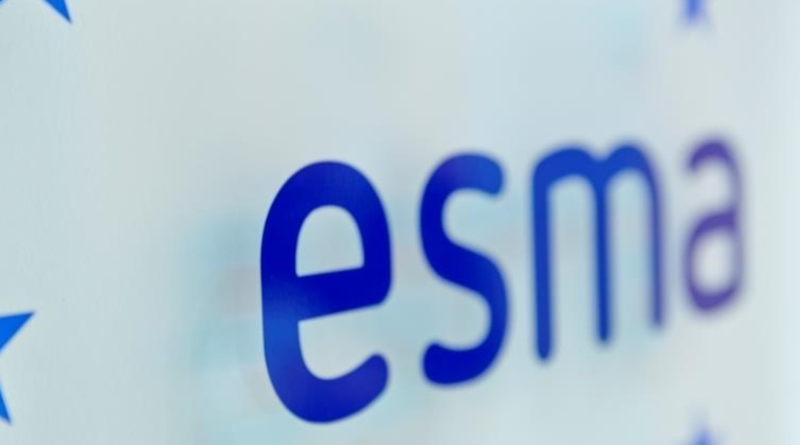Investment Flows into Transition-Focused Funds Doubles Green Funds: ESMA
Sustainability-focused investor interest appears to have undergone a significant shift towards investments in companies enabling a ‘brown to green’ transition, as opposed to focusing primarily on already-green investments, with net inflows into transition focused funds in the EU nearly doubling those into environmental funds over the past 2 years, according to a new report by EU markets regulator the European Securities and Markets Authority (ESMA).
In its semi-annual Trends, Risks and Vulnerabilities (TRV) report, ESMA notes the need for “significant public and private sector financing” to achieve the EU Green Deal objectives and support the green transformation of the economy. The regulator said that while the growth in investor interest in sustainable investments over the past several years “boded favourably for the EU’s ambition,” recent developments have raised concerns about the continued mobilization of private capital to finance the transition, particularly noting political pressure in the U.S., leading to increasing caution towards ESG investing and shareholder engagement.
While ESG investing funds have levelled off, however, the report noted the emergence of investor interest in “transition-focused investment products making targeted investments in transitioning firms or sectors.” While this emerging investment category is still relatively small – transition fund AUM stands at €39 billion compared with €260 billion for funds using environmental terms in their name such as ‘green’ or ‘low carbon’ – net cumulative inflows into these funds has nearly doubled the pace of their green counterparts over the past two years, the report found (see chart below).

Notably, ESMA’s findings on the growth of transition funds follows recent recommendations by the regulator to establish a product categorization system for sustainable and transition investments, and to extend the EU Taxonomy to cover transition activities. As part of an assessment in June 2024 of the EU’s Sustainable Finance Disclosure Regulation (SFDR) by the European Supervisory Authorities (ESAs), which include ESMA, the regulators suggested the creation of a Transition category for financial products that would invest in activities or assets that are not yet sustainable, but are aiming to become sustainable over time, with a pathway, considering both ambition and timeframe, compatible with EU and global environmental and social objectives.
In ESMA’s new report, the regulator noted that while a clear framework or definition for transition funds does not yet exist, these funds already appear to be taking a homogeneous investment approach, with a much higher degree of similarity relative to green funds.
Among the key differences from green funds, the report found that transition funds tend to have much higher exposure to the fossil fuels sector, at a level similar to that of funds not designated as sustainable. Transition funds’ fossil fuel investments, however, were highly concentrated in “firms rated by ESG rating providers as environmental leaders within their sector, and with the potential to contribute to the EU’s environmental objectives,” and also tended to favor green bonds issued by fossil fuels and utilities sector firms. Transition funds also had much higher concentration in securities issued by utilities firms, which ESMA noted “suggests that ‘transition’ fund strategies may be tilted towards sectors enabling the transition more broadly.”
Click here to access the ESMA TRV report.
Source: esgtoday.com




